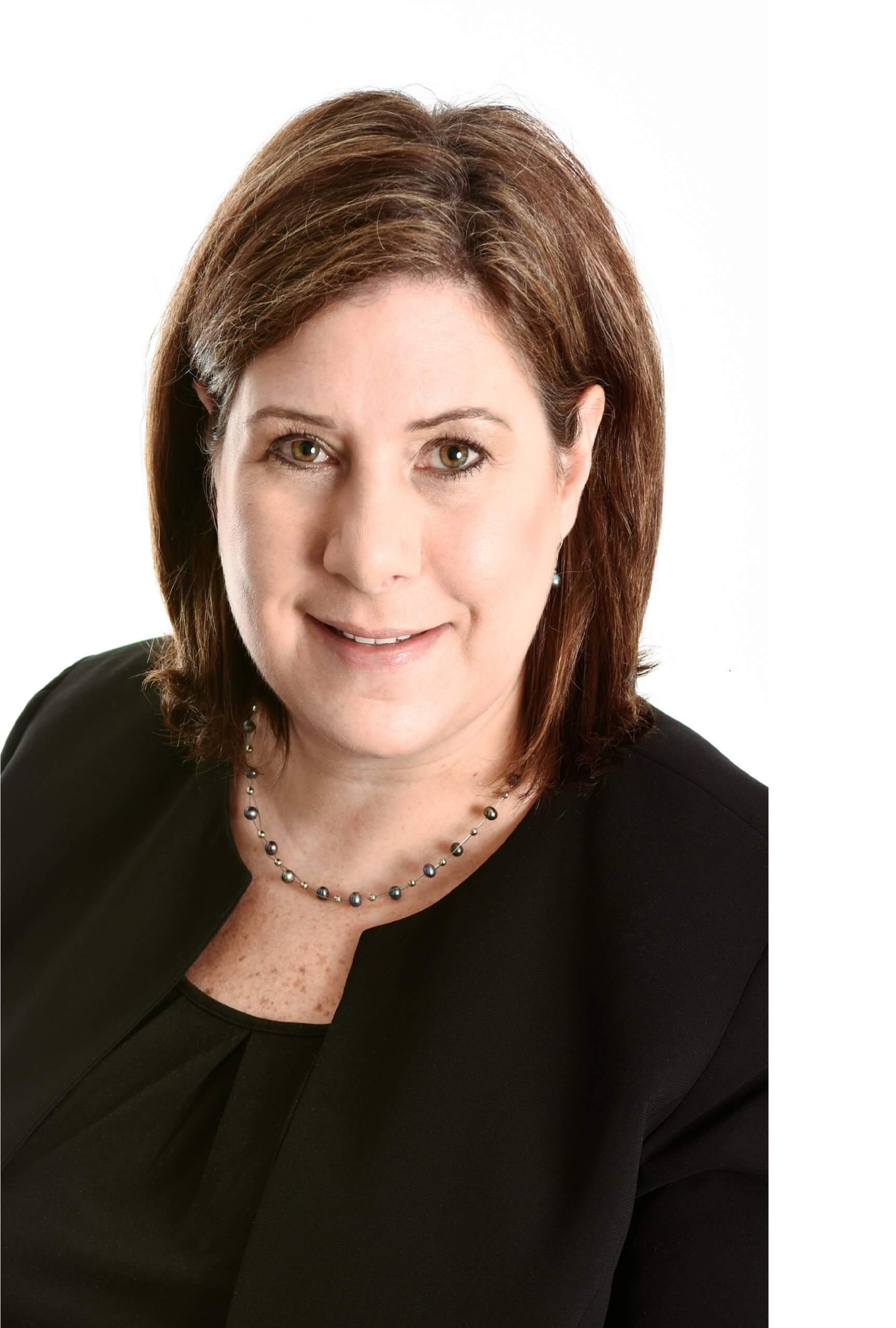
During the last week of 2022, a U.S. congressional investigation by two House committees concluded with the release of a report on its findings around the regulatory approval process and launch plans of the Alzheimer’s disease treatment, Aduhelm. The key takeaways are eloquently articulated in a STAT news story. What do they mean from a healthcare communications perspective, particularly for high-profile investigational compounds?
(For a refresher on the FDA decision from 18 months ago, check out this blog post from June 2021.)
1. Exercise Responsible Communications around Progress with the FDA.
Traditionally, external communications by the private sector around the regulatory life cycle of a pharmaceutical or biological product focuses on the filing submission/acceptance of the therapy as well as the resulting FDA decision. In the case of closely watched treatments with significant, long-term impact on multiple stakeholders – including not only the patient population but society at large – it is critical to proactively demonstrate transparency and due diligence during the months of waiting between the two regulatory milestones above. Anticipate the most likely questions by the media and seek to provide helpful information.
2. Contextualize Decision Making Through the Lens of the Patient.
Many healthcare companies speak about their patient-centered approach to business. They can take this a step further by demonstrating how decisions – from bench to bedside, boardroom to pharmacy counter – are made as though the patient or caregiver is in the room. Or that a family member of theirs is in the C-suite influencing decisions. What impact might the therapy have on the patient in the near term and the long term? What impact, if any, might there be on those connected to or caring for the individual?
3. Let Science Lead the Marketing.
While health equity has always been a critical issue on the industry’s radar, COVID-19 brought it to the forefront of scientific research, education, and access. Effectively moving the needle on health equity requires all stakeholders to work in concert to make intentional decisions. Decisions that would ensure that communities of diverse abilities, socio-economic backgrounds, ethnicities, and genders have an equitable shot at accessing the innovation brought forth by the approved therapy. As communicators, we have the opportunity to ask the right questions about how the pre- and post-approval R&D and clinical processes have been put in place to address heath equity, so that people know the treatment has been designed and studied with various types of end-users (both patients and clinicians) in mind.
As we enter another new year, we can expect to see more “record-breaking” healthcare announcements ranging from “first” and “fastest” accomplishments to “highest” and “best” triumphs. True innovation in healthcare is difficult. Should we achieve it, we have a responsibility to ensure that our communications are thoughtful and measured while reflecting the sense of urgency toward patients.
May 2023 be a happy and healthy year for all.



Wir freuen uns darauf, die schwierigsten Herausforderungen für Unternehmen und Marken zu lösen. Wir würden gerne mit Ihnen besprechen, wie wir Ihnen helfen können, Ihren Funken zu entzünden.
hello@currentglobal.com